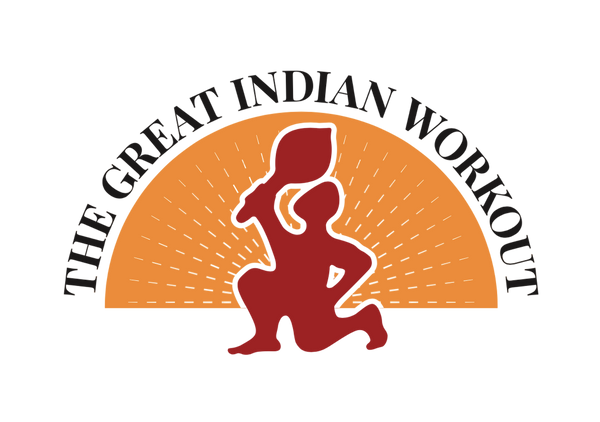
How Mudgars are made: Behind The Scenes at The Great Indian Workout
Mudgars have a long history in India. They are depicted in ancient sculptures and paintings, and they are mentioned in Hindu and Buddhist texts. Mudgars were used by warriors and soldiers, and they were also used for training and exercise.
In modern times, mudgars are still used for fitness and exercise. They are a popular tool in traditional Indian martial arts, such as Kalaripayattu and Malla-Yuddha. Mudgars are also used in yoga and other forms of physical fitness.
Mudgars can be made in a variety of ways. The traditional method of making mudgars is to carve them out of wood. The wood used for mudgars is typically a strong and durable wood, such as teak or rosewood.
The first step in making a mudgar is to select the right piece of wood. The wood should be free of knots and other imperfections. The next step is to shape the wood. This is done using a variety of tools, including chisels, saws, and planes.
Once the wood is shaped, it is time to add the handle. The handle is typically made of a strong and lightweight wood, such as ash or hickory. The handle is attached to the head of the mudgar using a variety of methods, including nails, screws, or glue.
Once the handle is attached, the mudgar is ready to be used. Mudgars can be used for a variety of exercises, including swinging, squatting, pushing, pulling, lunges, and rotational exercises.
Mudgars are a versatile and effective fitness tool. They can be used to improve strength, endurance, balance, coordination, and flexibility. Mudgars are also a popular tool in traditional Indian martial arts and yoga. If you are looking for a challenging and rewarding fitness routine, consider using mudgars.
Here are some additional details about the steps involved in making a mudgar:
- Carving the wood: The first step is to use a chisel to rough out the shape of the mudgar. The next step is to use a saw to cut away the excess wood. Finally, the mudgar is smoothed out using a plane.
- Adding the handle: The handle is typically made of a strong and lightweight wood, such as ash or hickory. The handle is attached to the head of the mudgar using a variety of methods, including nails, screws, or glue.
- Finishing the mudgar: The mudgar can be finished with a variety of materials, such as varnish, paint, or shellac. The finish helps to protect the wood and make the mudgar more aesthetically pleasing.
Mudgars can be made in a variety of sizes and weights. The size and weight of the mudgar should be appropriate for the user's fitness level. Beginners should start with a light mudgar and gradually increase the weight as they get stronger.
Mudgars are a safe and effective fitness tool. However, it is important to use them properly to avoid injury. Here are some tips for using mudgars safely and effectively:
- Start with a light weight and gradually increase the weight as you get stronger.
- Use proper form and technique to avoid injury.
- Warm up before using mudgars and cool down afterwards.
- Listen to your body and take breaks when you need them.
With proper use, mudgars can be a safe and effective way to improve your overall health and fitness.
